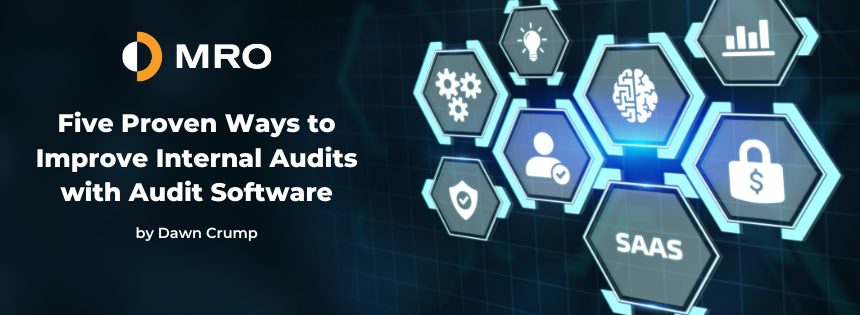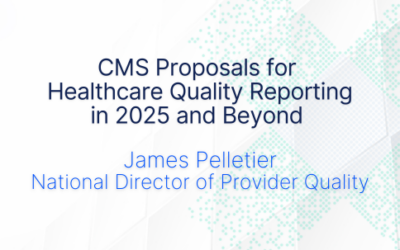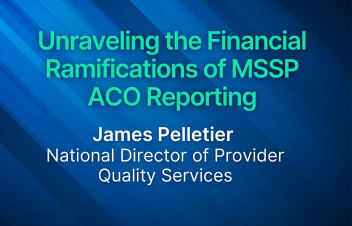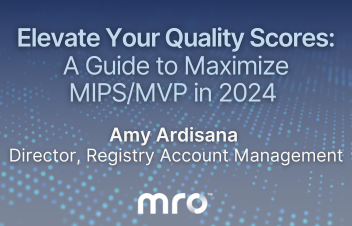
Maintaining and managing audits is one of the most time-consuming yet critical parts to ensure revenue integrity. Denial volume is on the rise, which is why auditing has become increasingly difficult. I recently wrote an article titled “Internal Audits Help Combat Payer Risk” where I described several keys for a smooth-running revenue cycle. This blog post serves as a summary to increase efficiency and security in the audit process. Below you’ll find five tips to leverage audit software and improve revenue integrity.
Audit Software Helps You Work Smarter, Not Harder
- Track the Details: Begin with a thorough inventory of all audit activity. Know everything your internal departments and payers are auditing and then figure out why these audits are being performed. By tracking and understanding audit activity, organizations can eliminate redundancy while filling in the gaps in revenue cycle compliance. Payer auditing software logs and tracks all audits in a single system to simplify information sharing and collaboration among authorized users.
- Be Proactive, Not Reactive: Data should be used throughout the internal audit process to identify issues, implement corrective measures, compare findings, and report results. Your ability to enter and update multiple audits at one time can substantially reduce data entry time and errors. Consider auditing software that can instantly transmit charts, discussions, and appeal filings to Medicare, Medicaid and commercial auditors, preventing file loss and delivery delay. Some systems can also retrieve audit request letters from Medicare and other auditors electronically, automating audit entry while avoiding lost or delayed letters. These features save time and costs and can expedite audit resolution and recovery by weeks.
- Accurate High-Dollar Coding: Ensure clinical documentation, especially for high-cost drugs, is accurately coded and recorded in the correct system. High-cost drugs are often heavily scrutinized by payers, which means ensuring payers receive a complete and correct medical administration record is paramount to the settlement process.
- Build Full-Cycle Audit Loops: The full-cycle audit loop starts with the patient’s first point of entry and continues through any post-payment internal and external audits. Four pillars support this loop: plan, do, study and act. At every step in the process ask questions such as: “Are we complying with payer rules?,” “Does our documentation support the services billed?,” and “What is our risk?”
- Repeat: Regularly re-audit to ensure your action plan is still effective. This will also expose any repeated or consistent issues in clinical documentation, coding and billing. If errors are found, the internal compliance officer can determine if repayment in accordance with the 60-day rule is appropriate.
To maximize revenue integrity without the hassle of time-consuming and messy Excel spreadsheets, an internal auditing tool is often the best option. Audit software can make it easier for your team to identify risks, mitigate costs and help maximize recoveries while helping you prevent future audits.
Want to identify risk and automate workflow? MRO’s Institutional Audit Manager helps you manage the lifecycle of internal audits. Dig into the details about how our audit software can help here.


